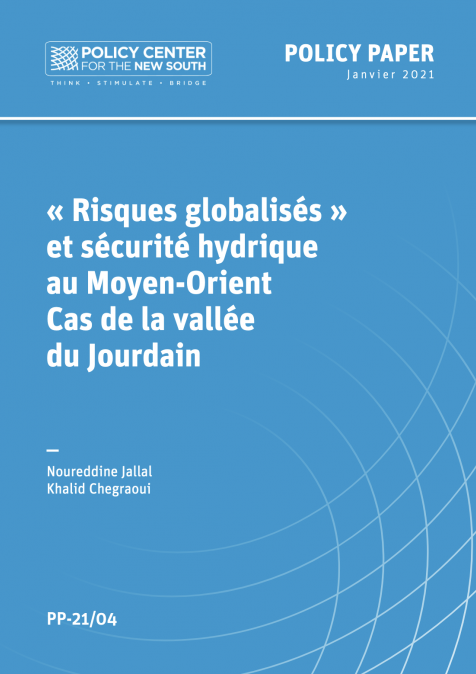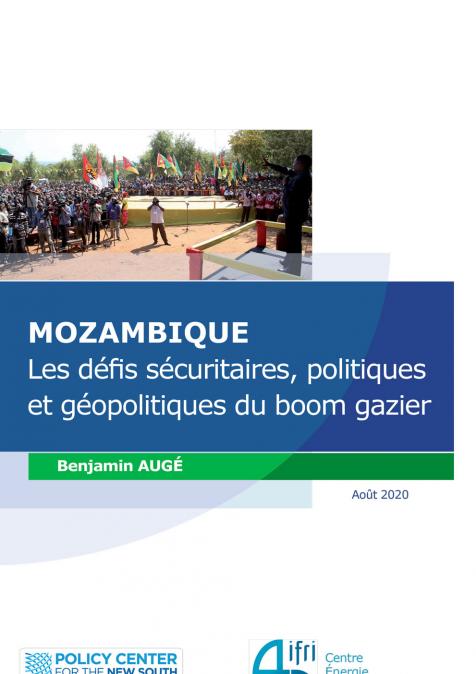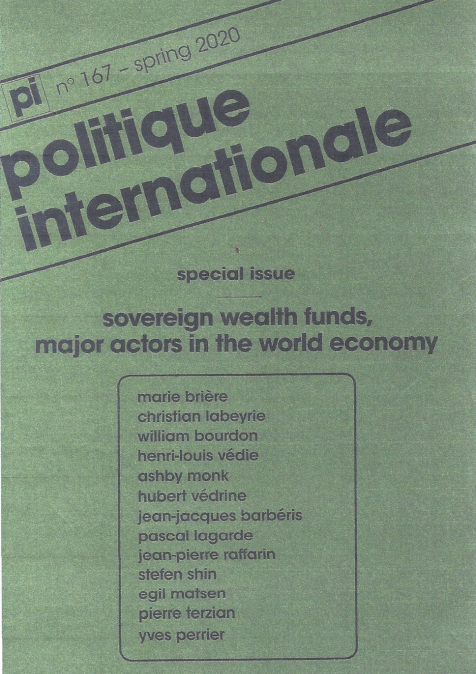Publications /
Policy Paper
Face à la très forte augmentation du prix des matières premières observée depuis le printemps 2020, l’idée qu’un nouveau super-cycle soit en gestation s’est progressivement diffusée. Si les tensions qui s’observent à court terme sur les métaux de la transition environnementale (cuivre, nickel, étain, palladium) devraient, il est vrai, perdurer à moyen et long termes, l’affirmation selon laquelle leurs prix sont amenés à croître structurellement doit probablement être nuancée. Les effets de report sur les métaux de base de la décarbonation des économies sont certes indéniables, tandis que les énergies renouvelables ne peuvent que croître, mais la réalité précise du « power mix » ne se dessine qu’avec lenteur. Si le cuivre apparait comme le métal incontournable de la révolution verte, identifier avec précision les matières premières qui seront les « grandes gagnantes » du monde de demain demeure, encore aujourd’hui, une gageure tant les évolutions technologiques continuent de façonner l’amont et l’aval des filières de matières premières. Le recyclage devrait, en outre, jouer un rôle majeur dans l’offre d’un certain nombre de métaux et, dans une dynamique endogène, contribuer à apaiser les tensions sur les prix issues d’une demande structurellement croissante. Le rôle que la Chine pourrait jouer à long terme dans « l’ordonnancement » des marchés mondiaux de matières premières doit enfin être questionné.










